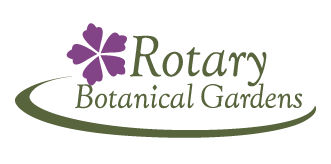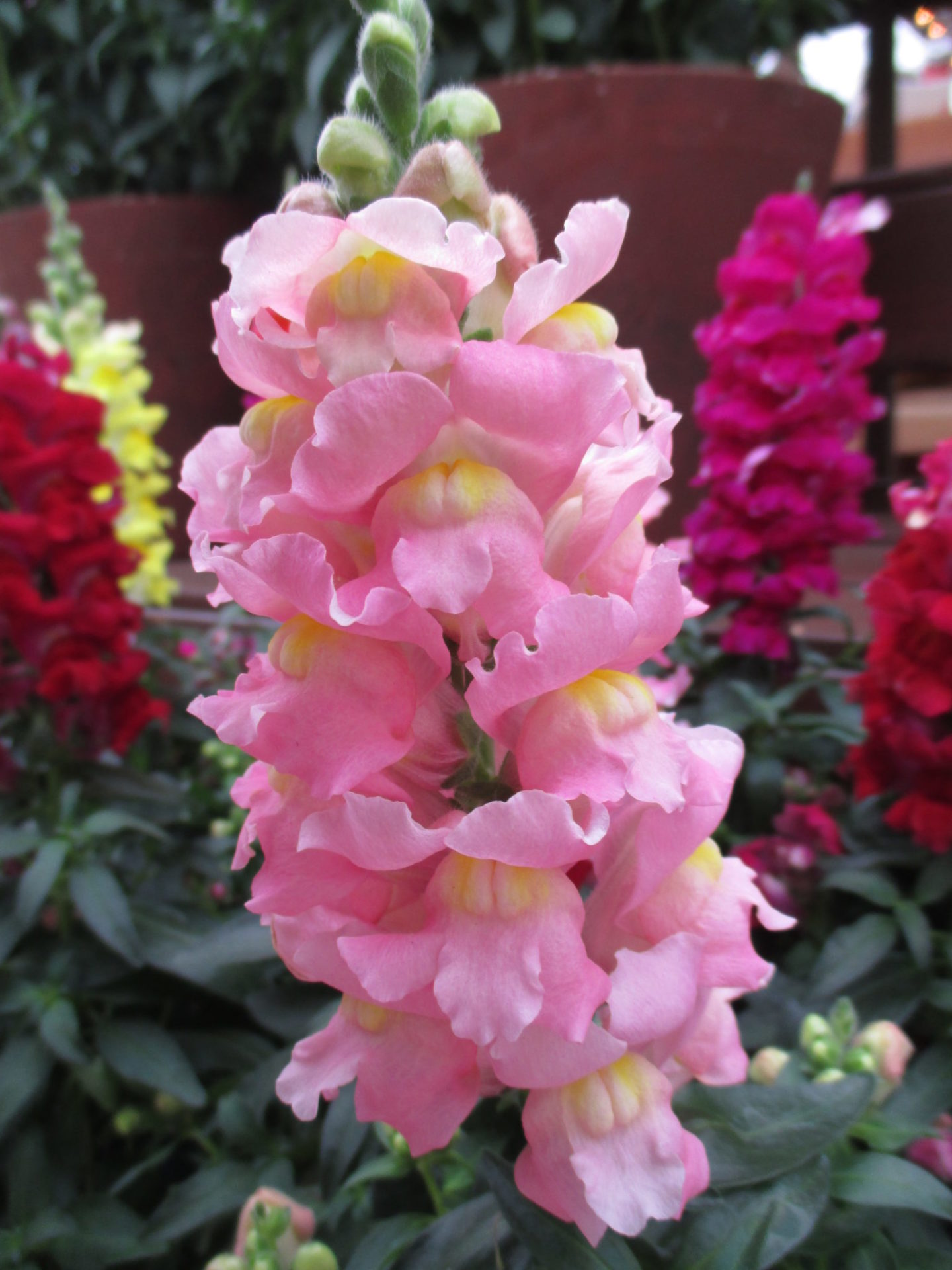
Snap in to Spring
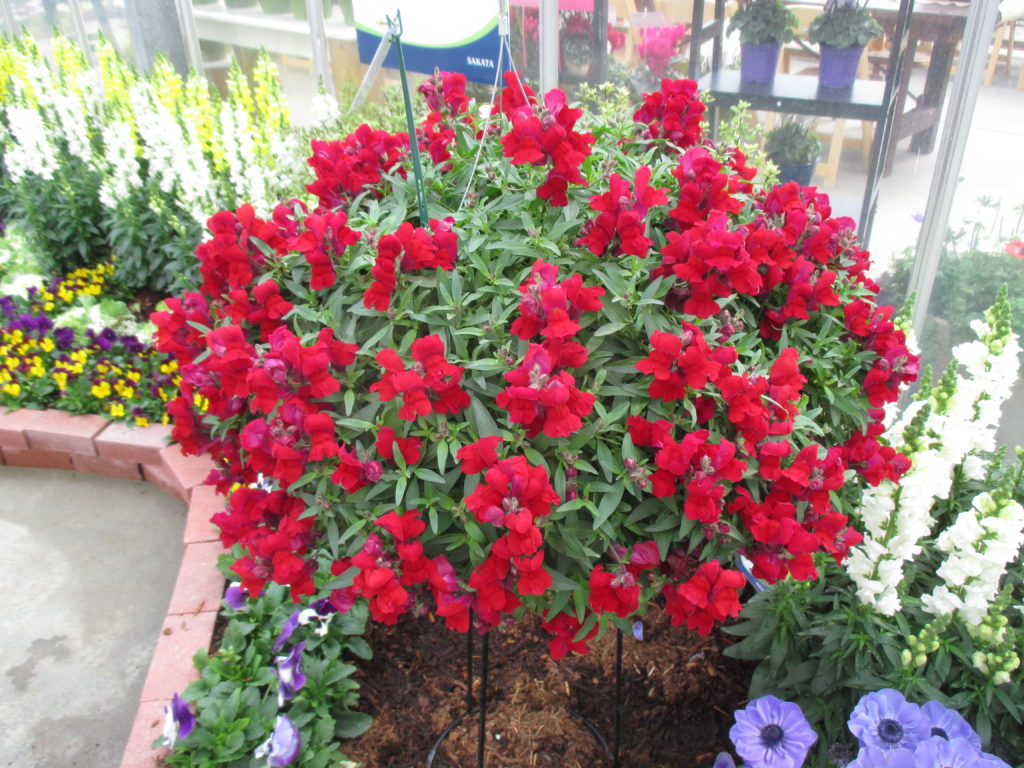
Spring continues to get closer as we note longer days and these occasional warming periods. As our earliest of bulbs poke out of the ground and the April garden emerges quickly, it’s a great time to consider the merit of snapdragons (Antirrhinum sp.) in the landscape. Originally native to Southern Europe and the Mediterranean, snapdragons have been spread far and wide and were brought to North America by early colonists. Carl Linnaeus gave snapdragons the genus Antirrhinum in 1753. The Latin roughly translates to “snout like”….As a child, I remember making these flowers open and close! Thomas Jefferson grew snapdragons at Monticello and snapdragons were an extremely popular cut flower in the 1950s. Named the “Flower of the Year” in 1994 by the National Gardening Bureau, there are now over 200 varieties available with more offered each year. Snapdragons are offered as seed in many cases with some being vegetatively propagated. The varieties featured in this blog are relatively new and were all photographed in 2016. With heights ranging from 6″ to almost 4′ in height, there is also a wide range of colors (no blue) and bi-colors. it has been exciting to see recent breeding that has created trailing forms (like Candy Showers™ Red seen directly above and below) as well as double forms classified as “butterfly-type” or “azalea-type” selections. Snapdragons bloom from the bottom of the flower upwards with flower stalks extending for a long period of time. Snapdragons are ideal in both spring and fall in our climate as they thrive in the cooler portions of the year and can tolerate cold evening temperatures. Called a “cool season” annual, snapdragons thrive in the May-June time period and late September until hard frost. Some varieties have more heat tolerance but once air temperatures reach 80 degrees F, snapdragons slow down their blooming. Consider cutting them back and keeping them happy until cooler weather arrives or focus on heat tolerant selections. The ‘Rocket’ series is exceptional for height and heat tolerance. Snapdragons will also attract a wide range of pollinators including hummingbirds! These photos barely scratch the surface of what is available….so consider putting some “snap” in your landscape this year!
We had a very productive day at the gardens with work occurring both inside and outside. Larry H., Dennis, Alan and Vicky were all outside collecting lights from the Holiday Light Show (HLS). The HLS is probably about 50% collected although weather may become a factor in the coming weeks (likely!). Ron P. continues to work on repairs which is time well spent before we pack lights away for the season. Urban was outside pruning this afternoon. Kathy worked on some indoor projects while Peg continued working on our plant records with a focus on updating our information on tree memorials. Marv, Bob K., Ron Y., Vern, Jim D., and Dave T. all continued working on a wide range of indoor projects. Dr. Gredler did some painting and both Dick H. and Bill O. had myriad tasks. We also saw Larry O., Gary, Maury (errands), Polly, Maryam, Del, Barb C. and many others today.
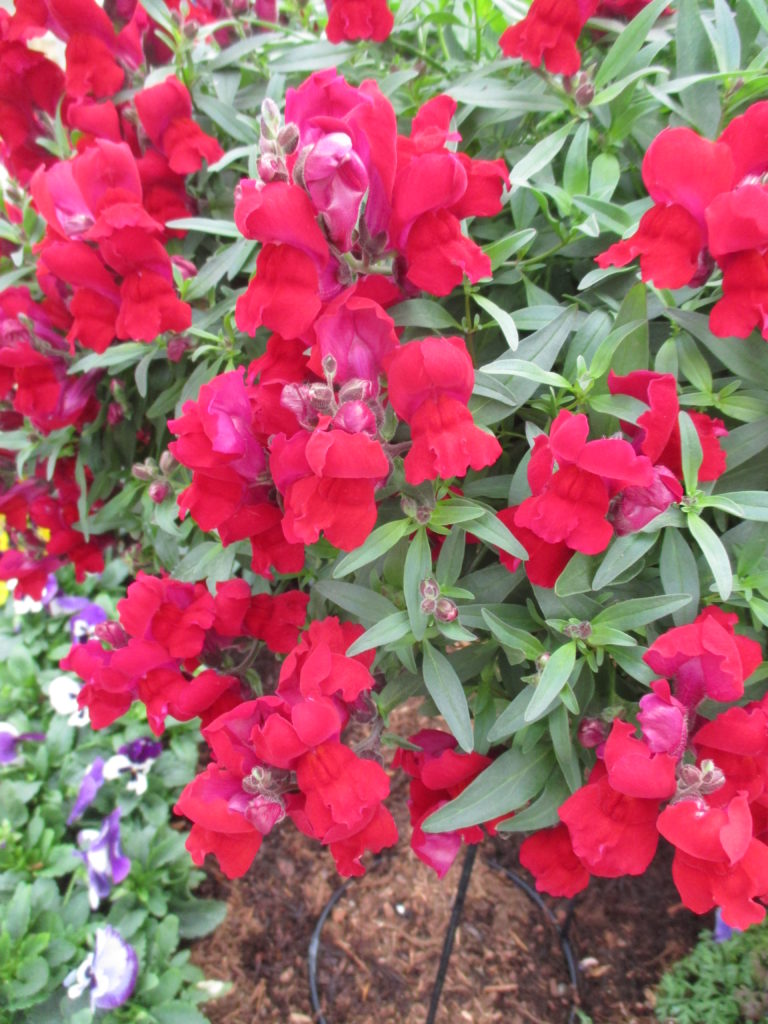
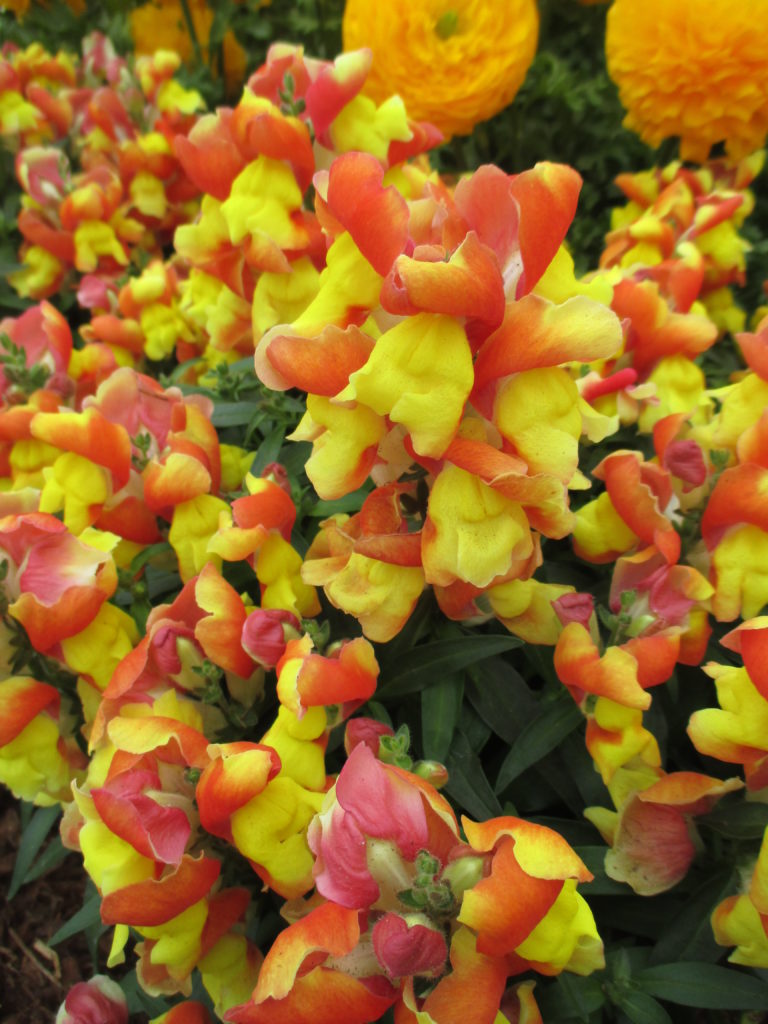
‘Floral Showers Apricot Bicolor’
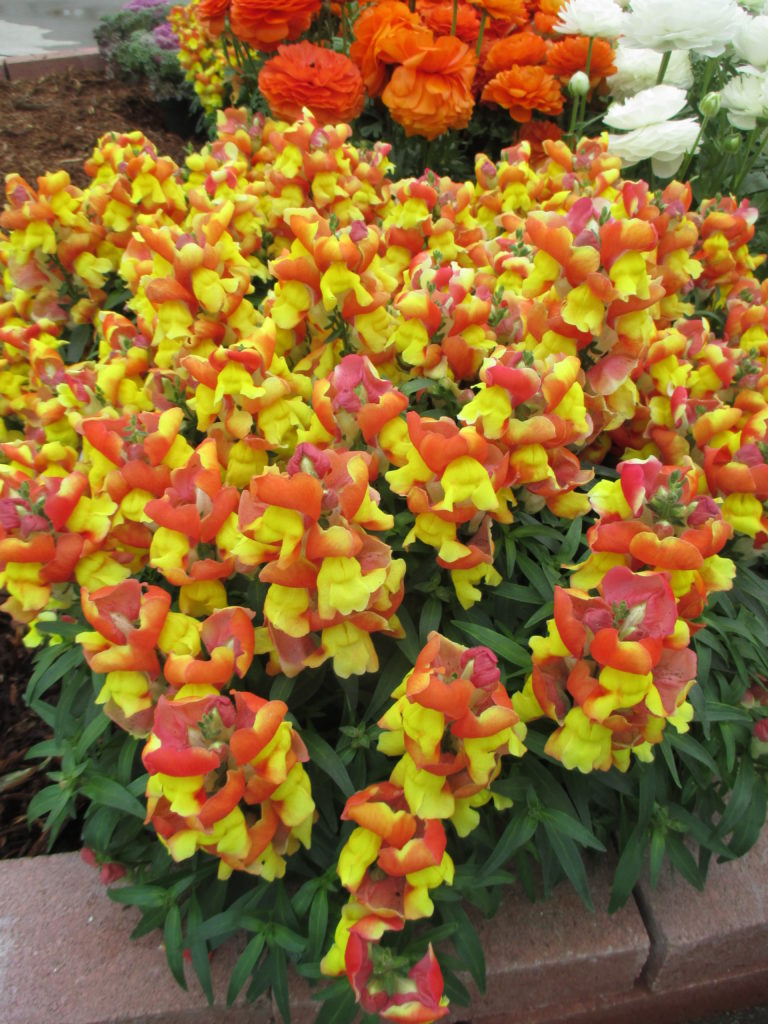
‘Floral Showers Apricot Bicolor’
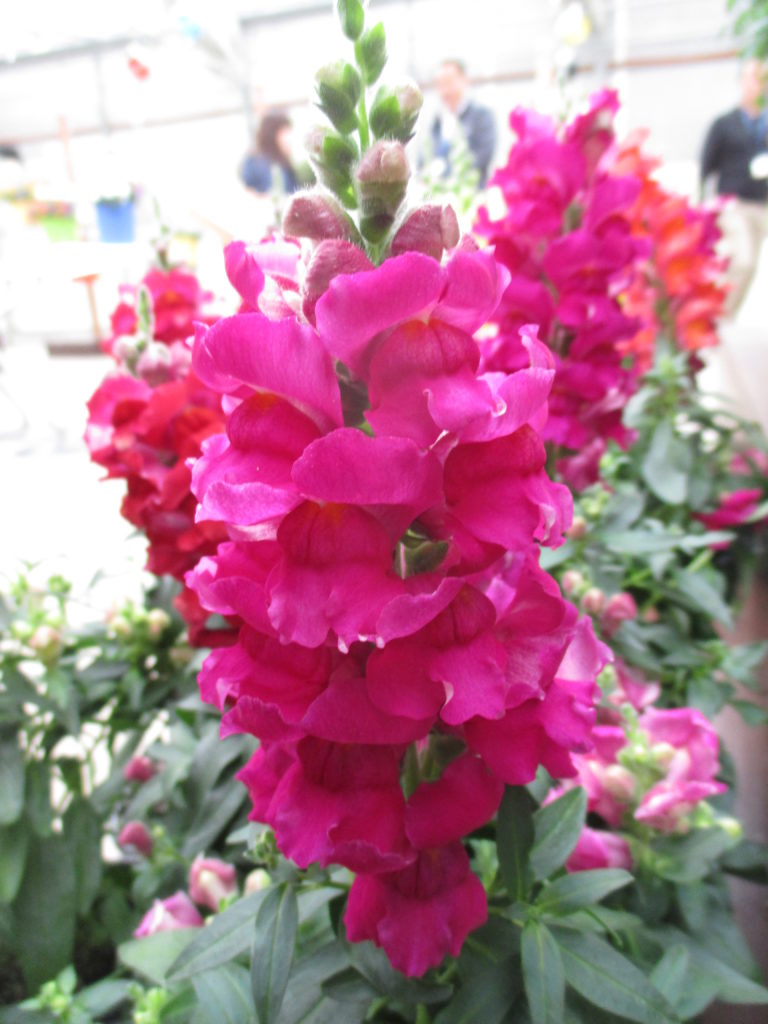
Snaptastic™ Magenta
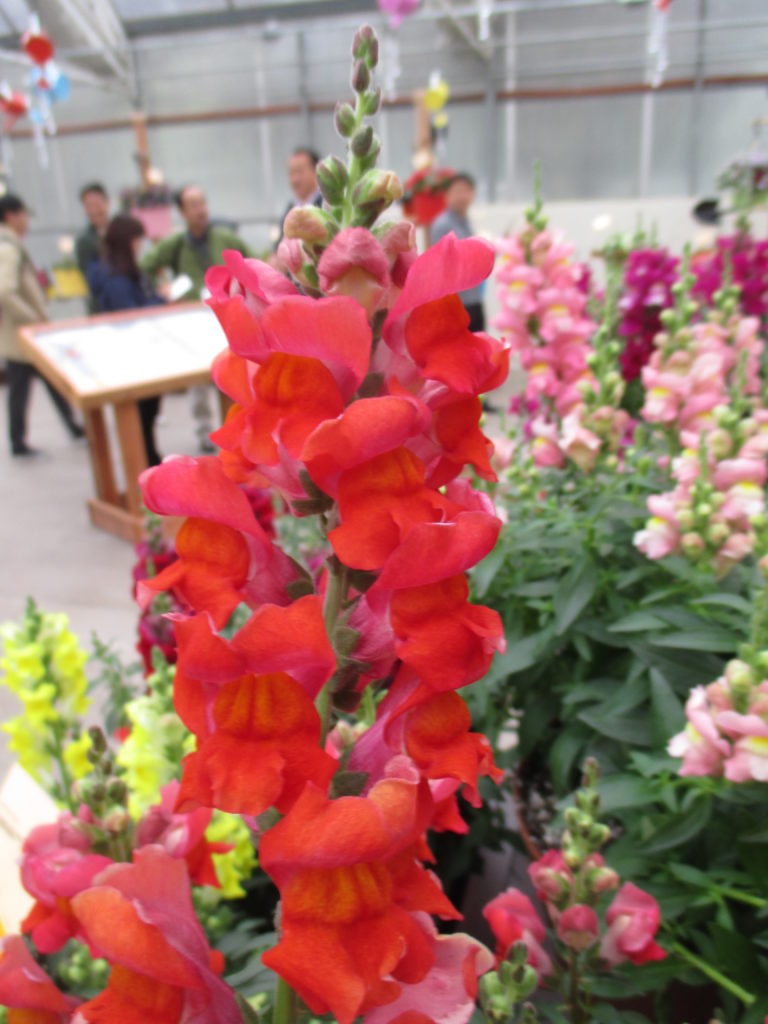
Snaptastic™ Orange Flame
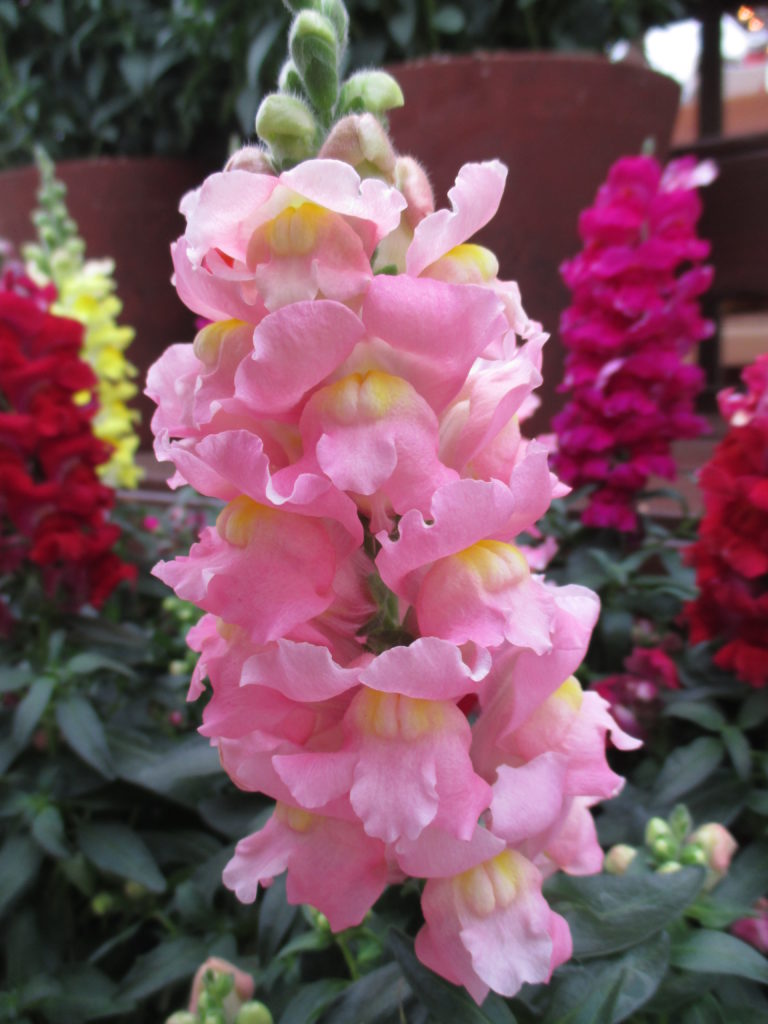
Snaptastic™ Pink
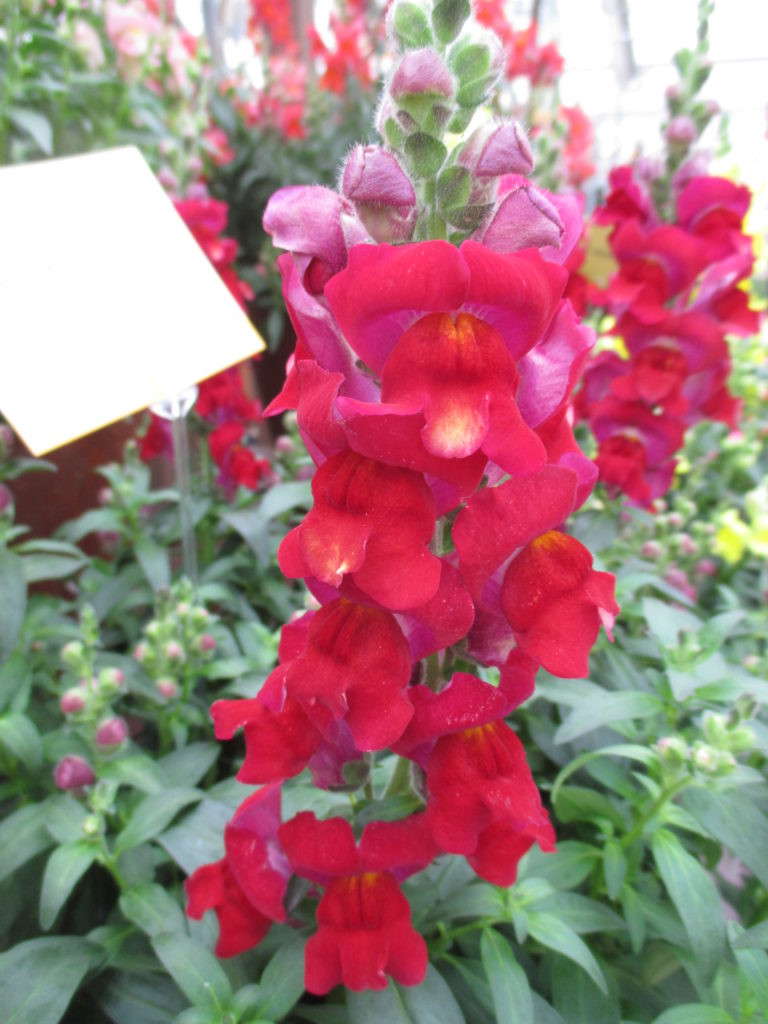
Snaptastic™ Red
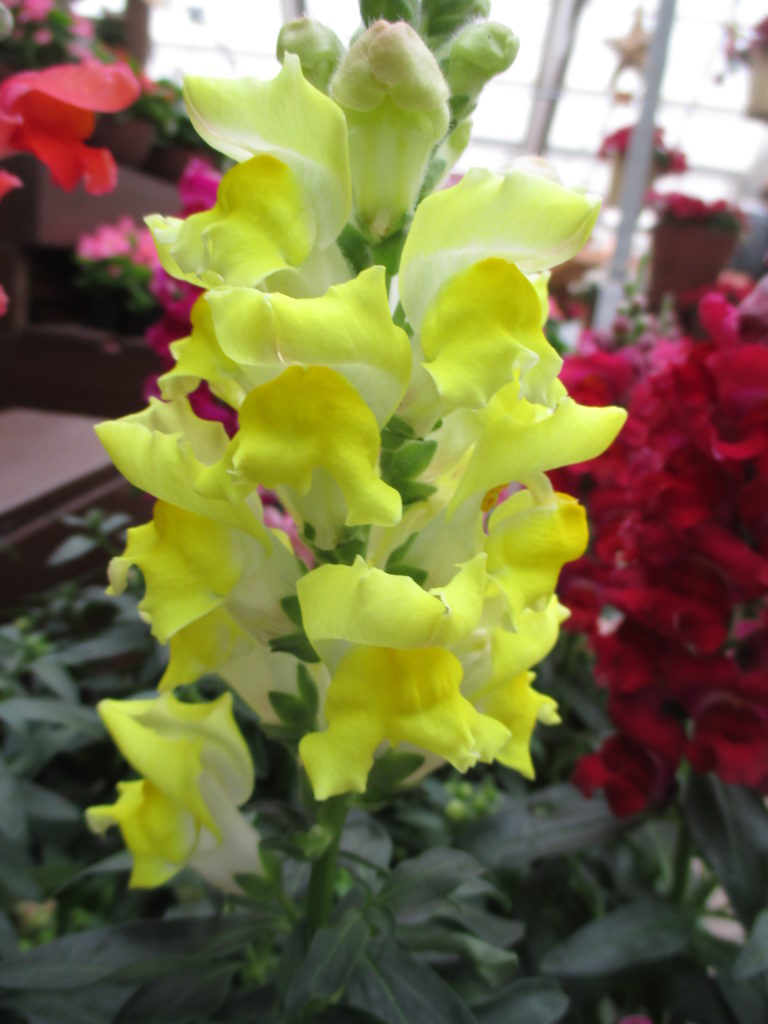
Snaptastic™ Yellow
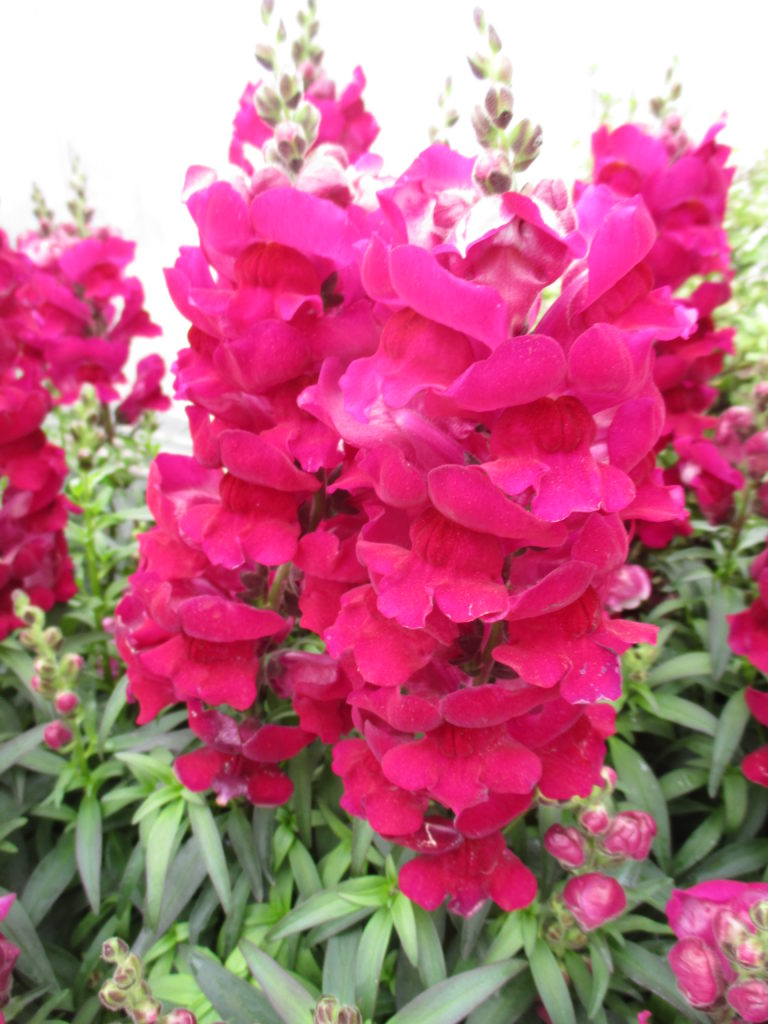
‘Sonnet Burgundy’
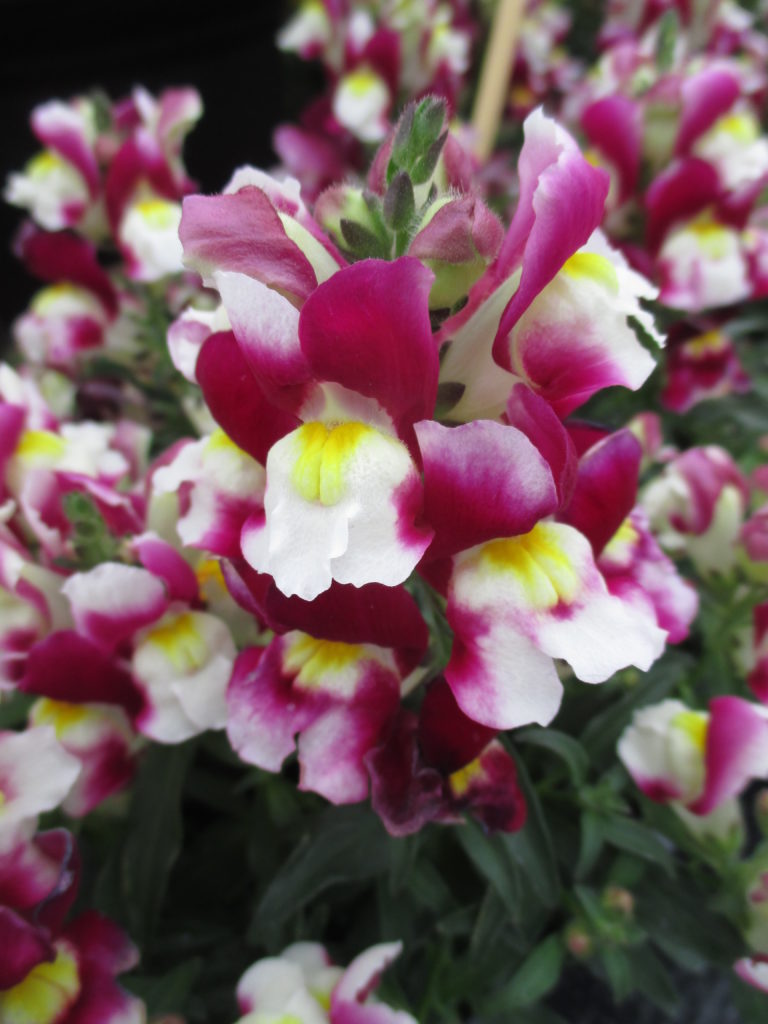
‘Snappy Burgundy & White’
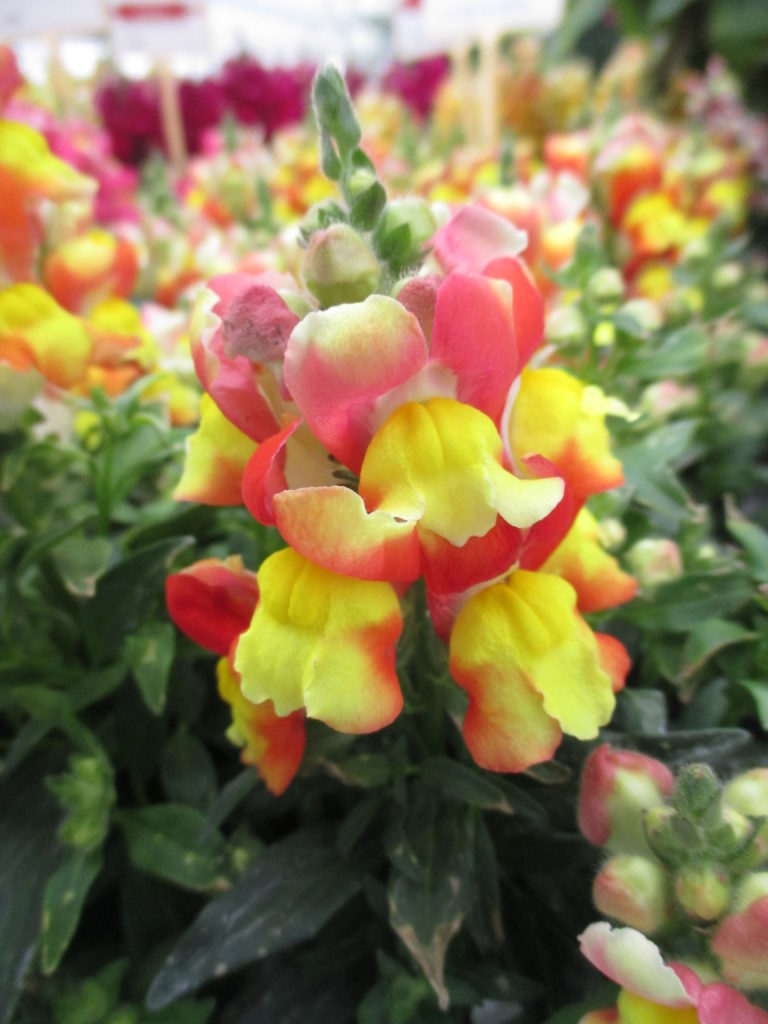
‘Snappy Orange & Yellow’
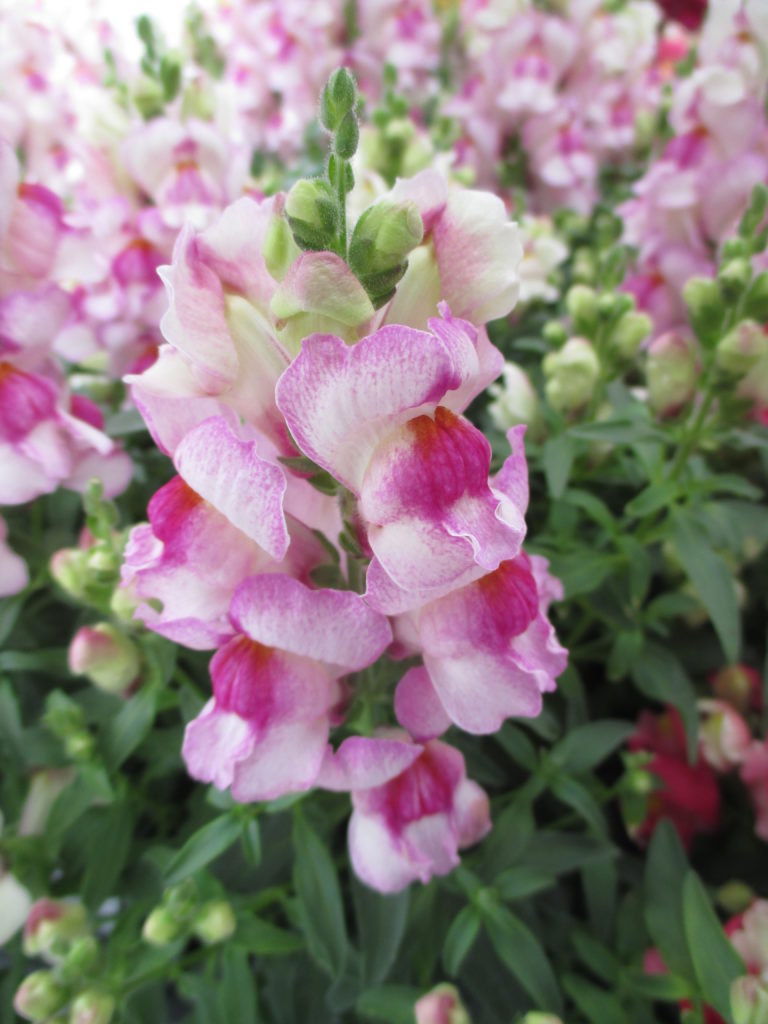
‘Snappy Orchid’
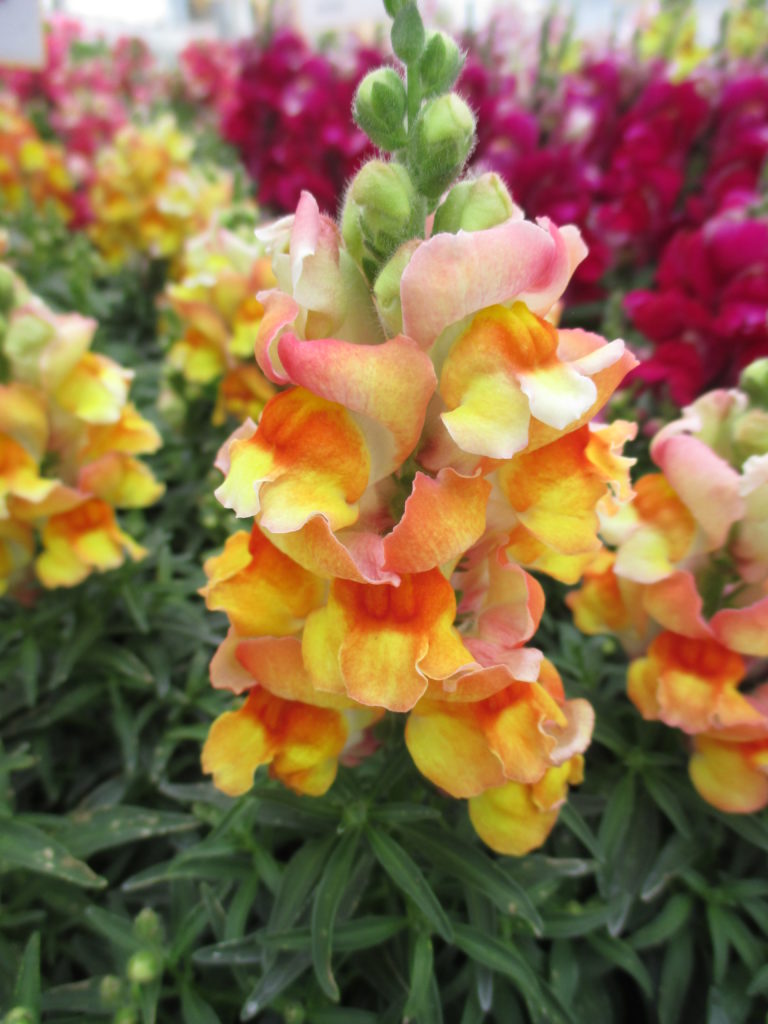
‘Snappy Peach Flame’
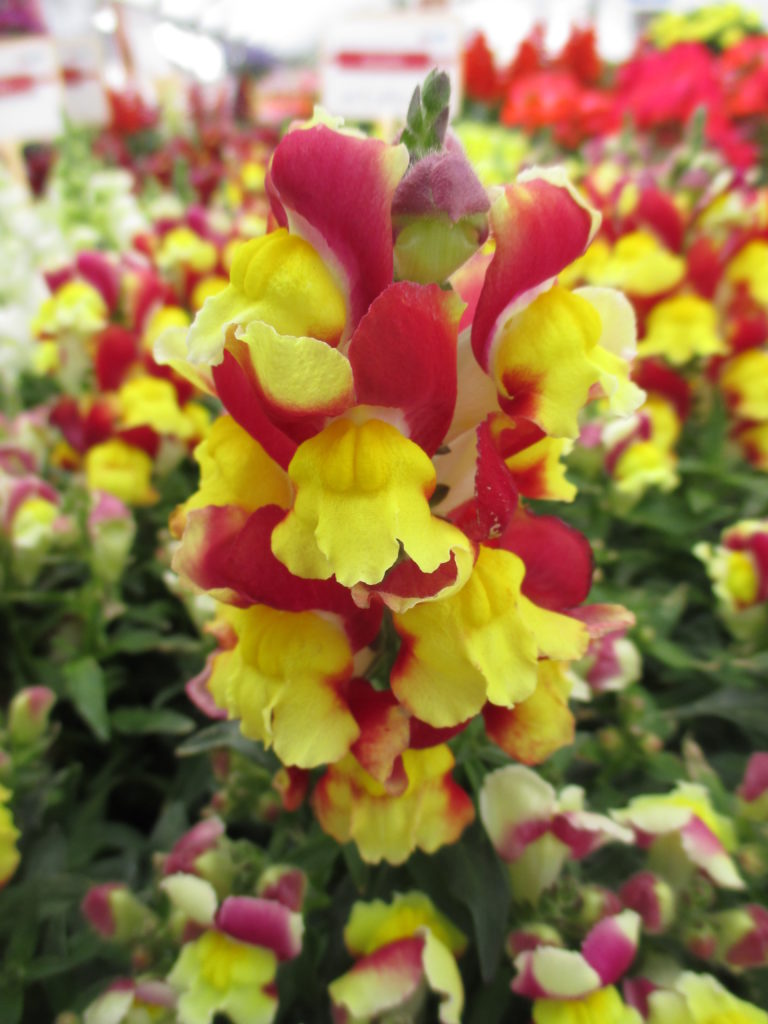
‘Snappy Red & Yellow’
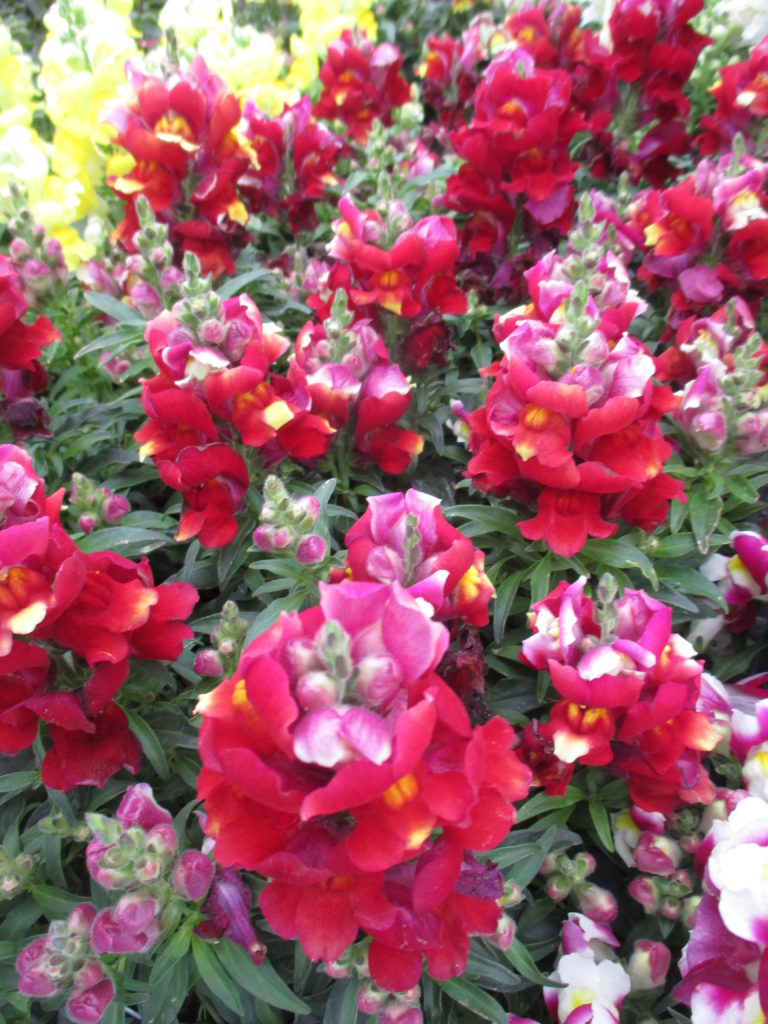
‘Snappy Red’
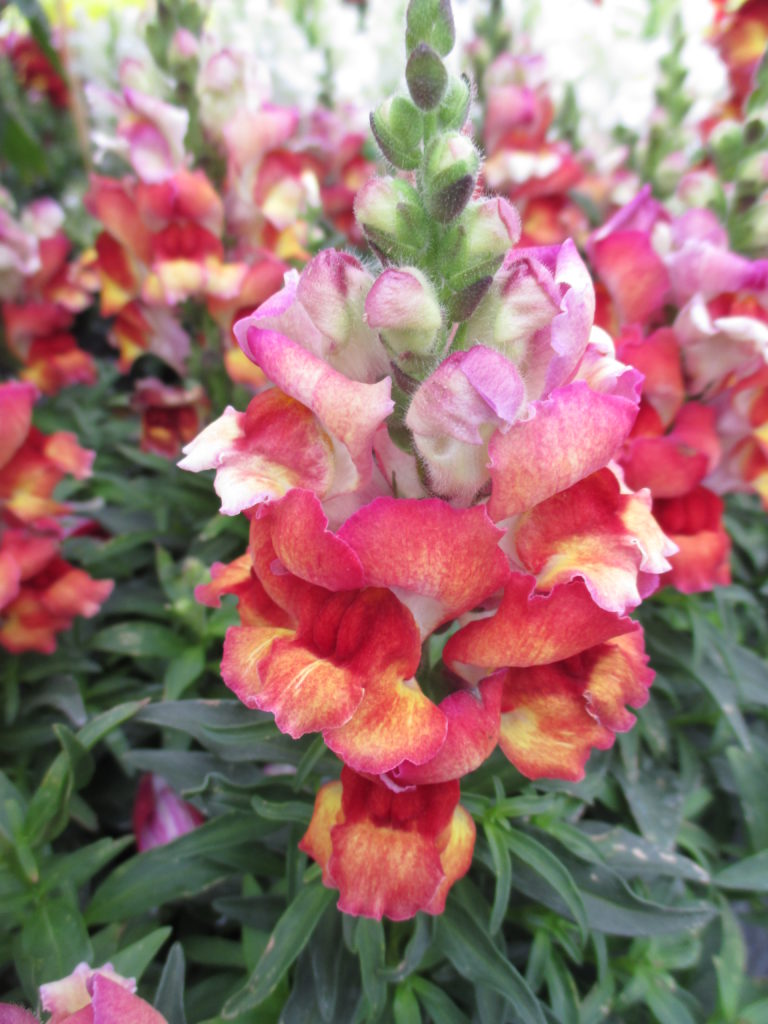
‘Snappy Red Flame’
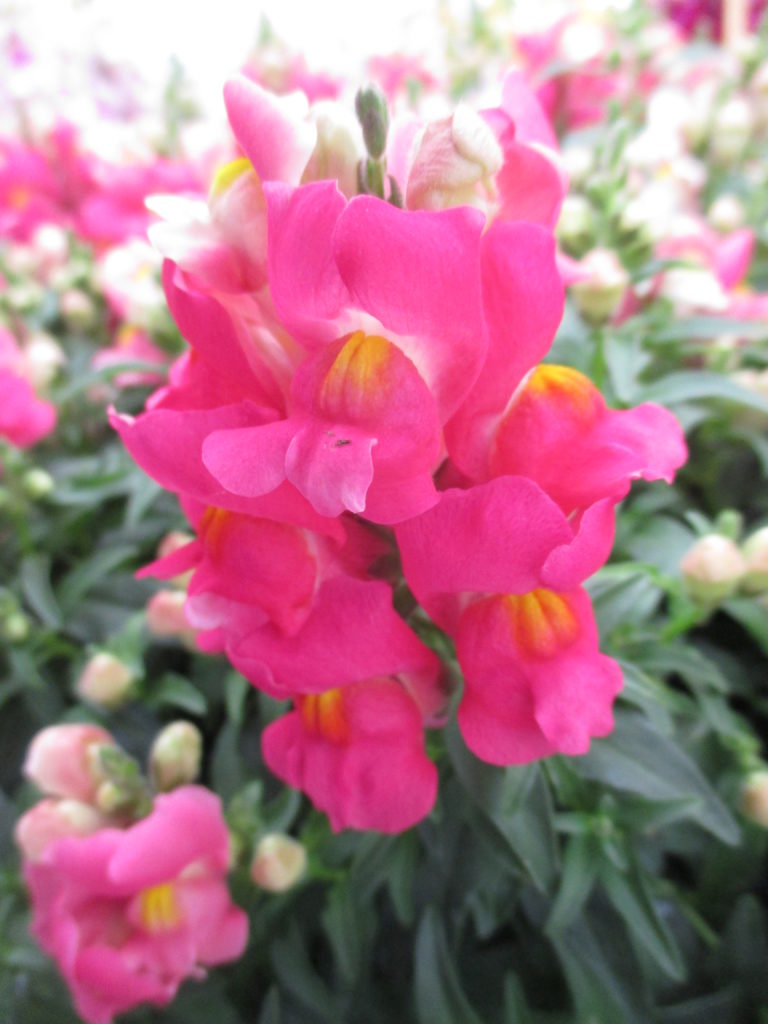
‘Snappy Rose’
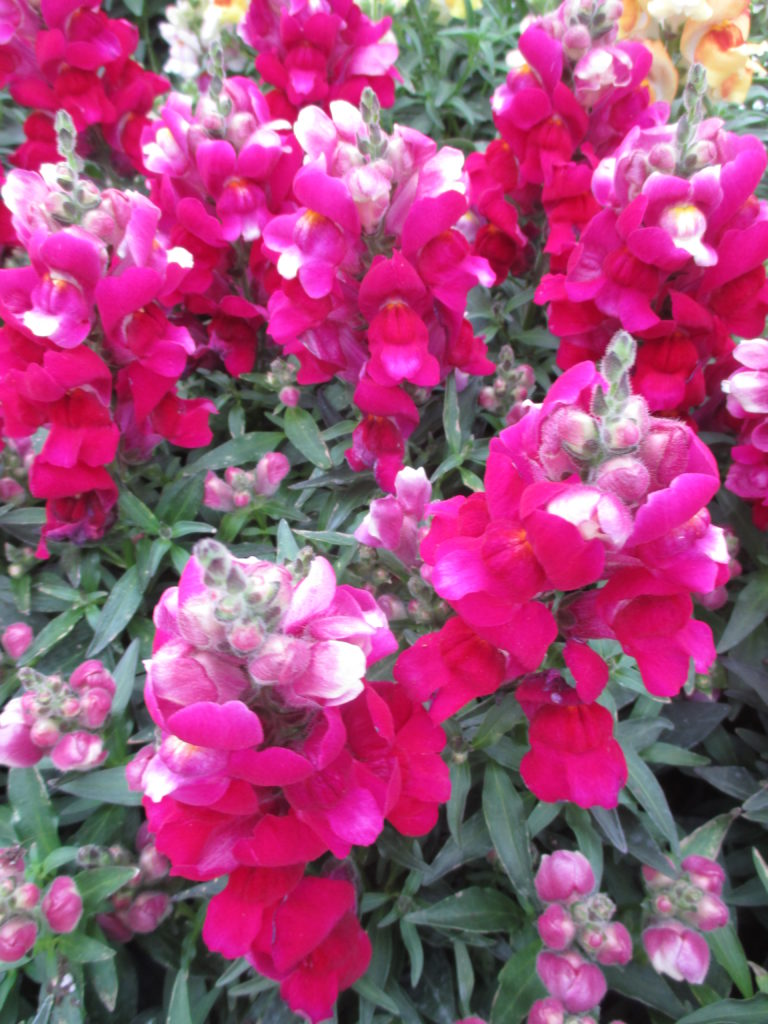
‘Snappy Violet’
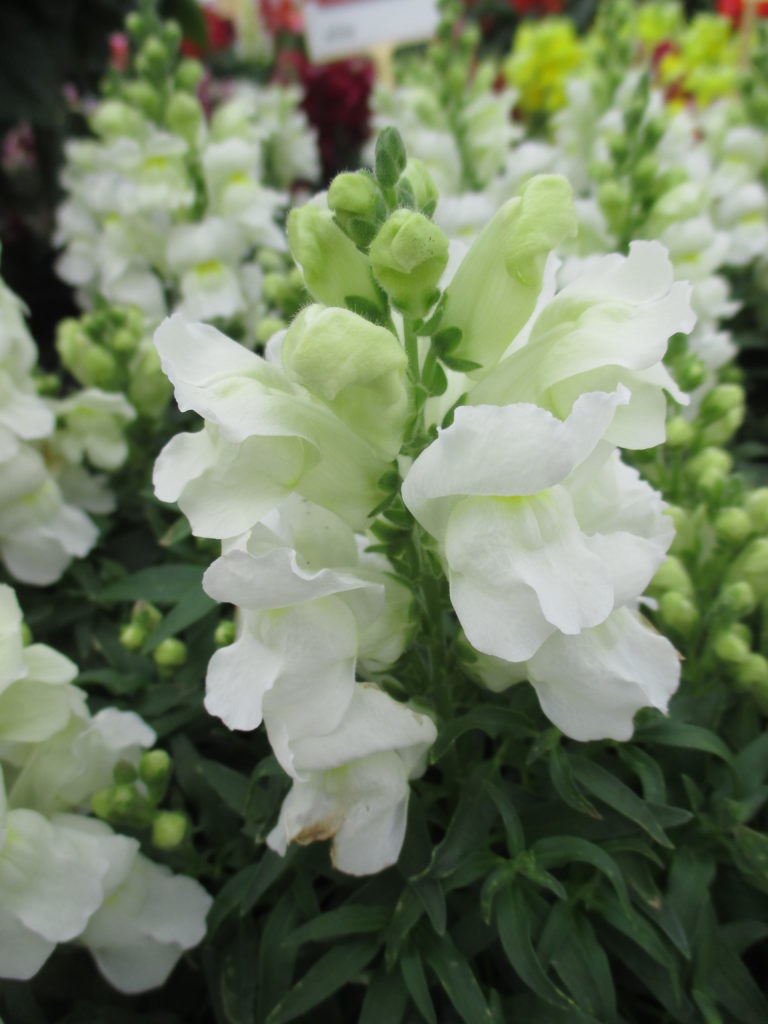
‘Snappy White’
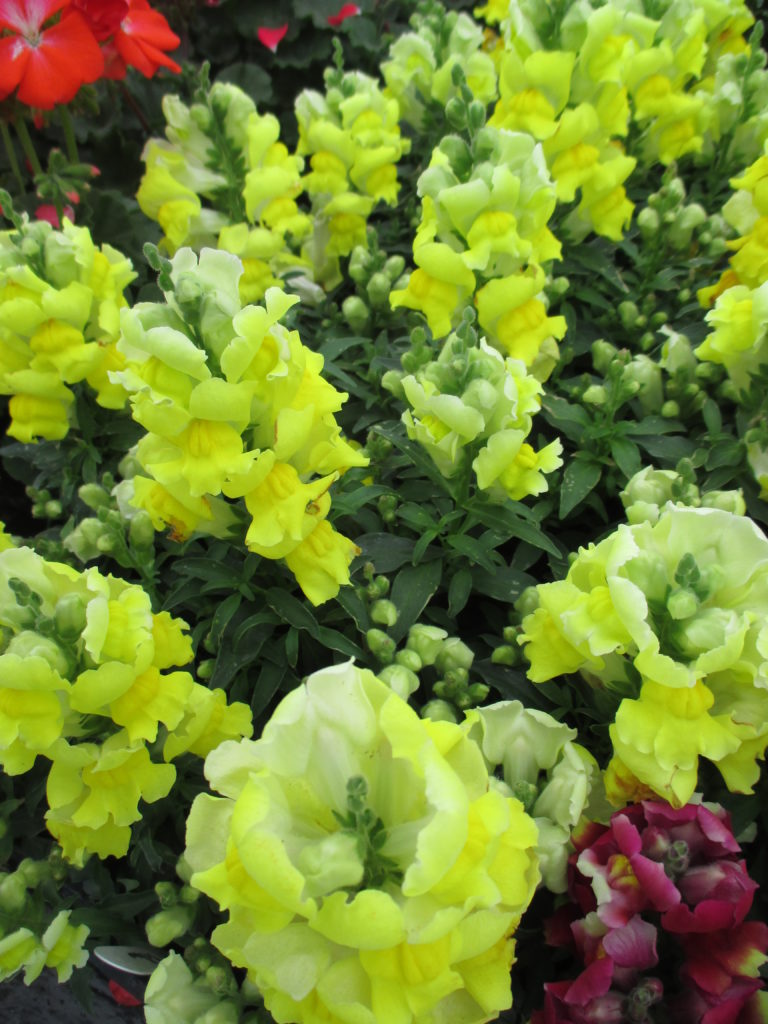
‘Snappy Yellow’
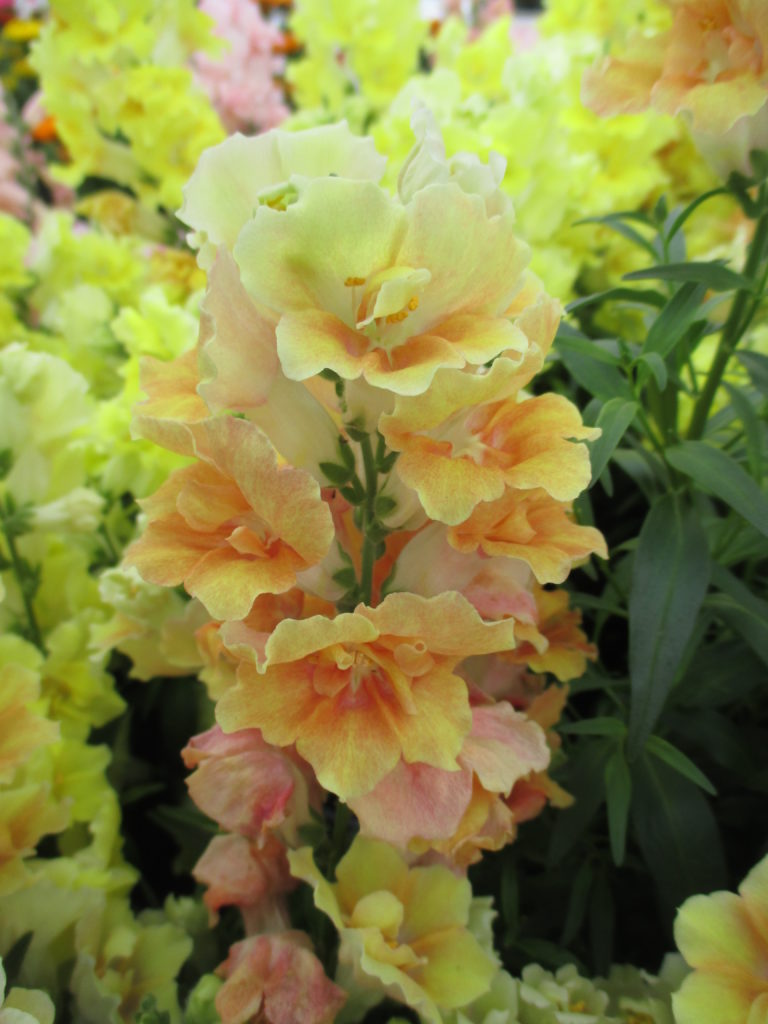
Twinny™ Peach
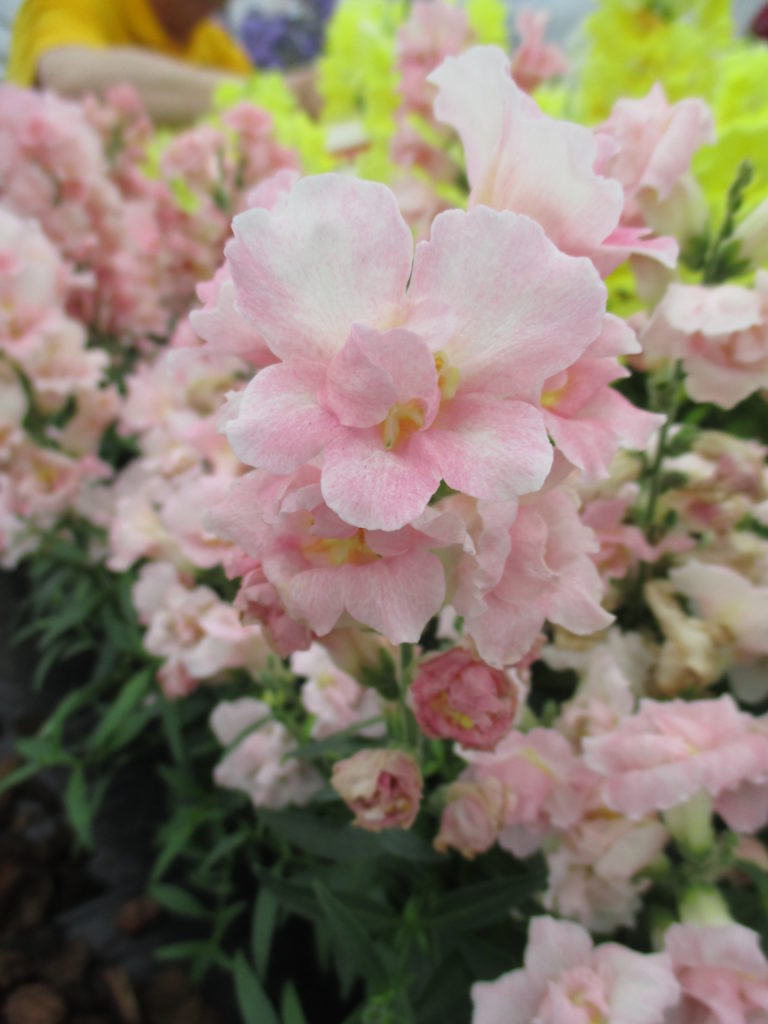
Twinny™ Rose
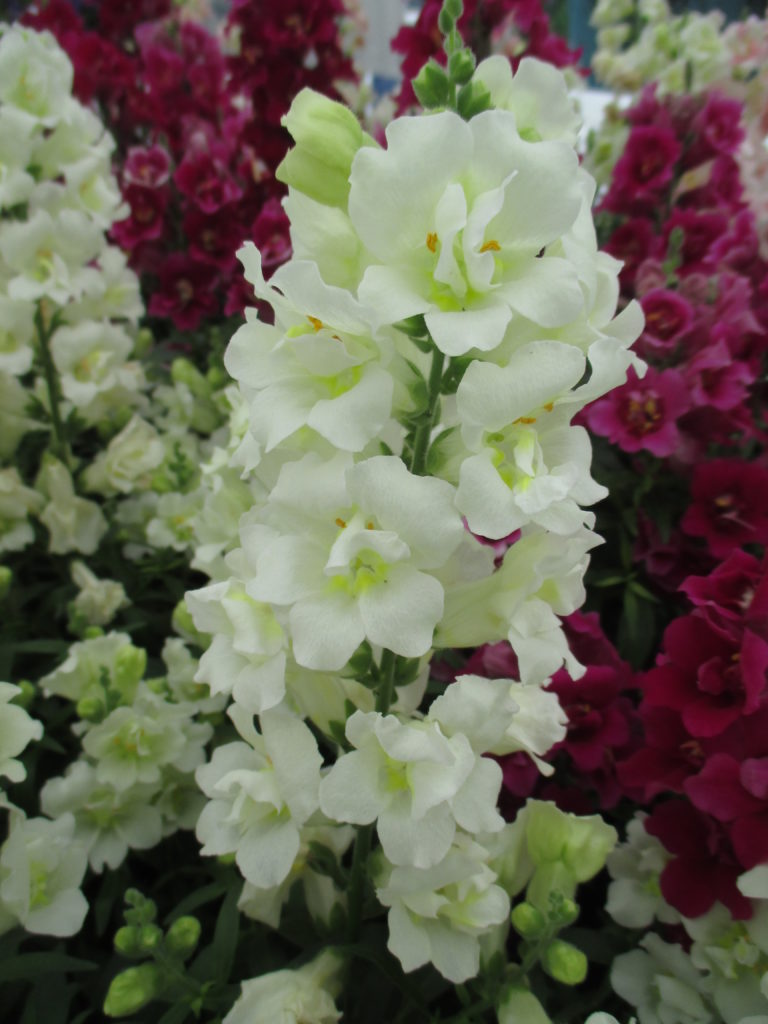
Twinny™ White
